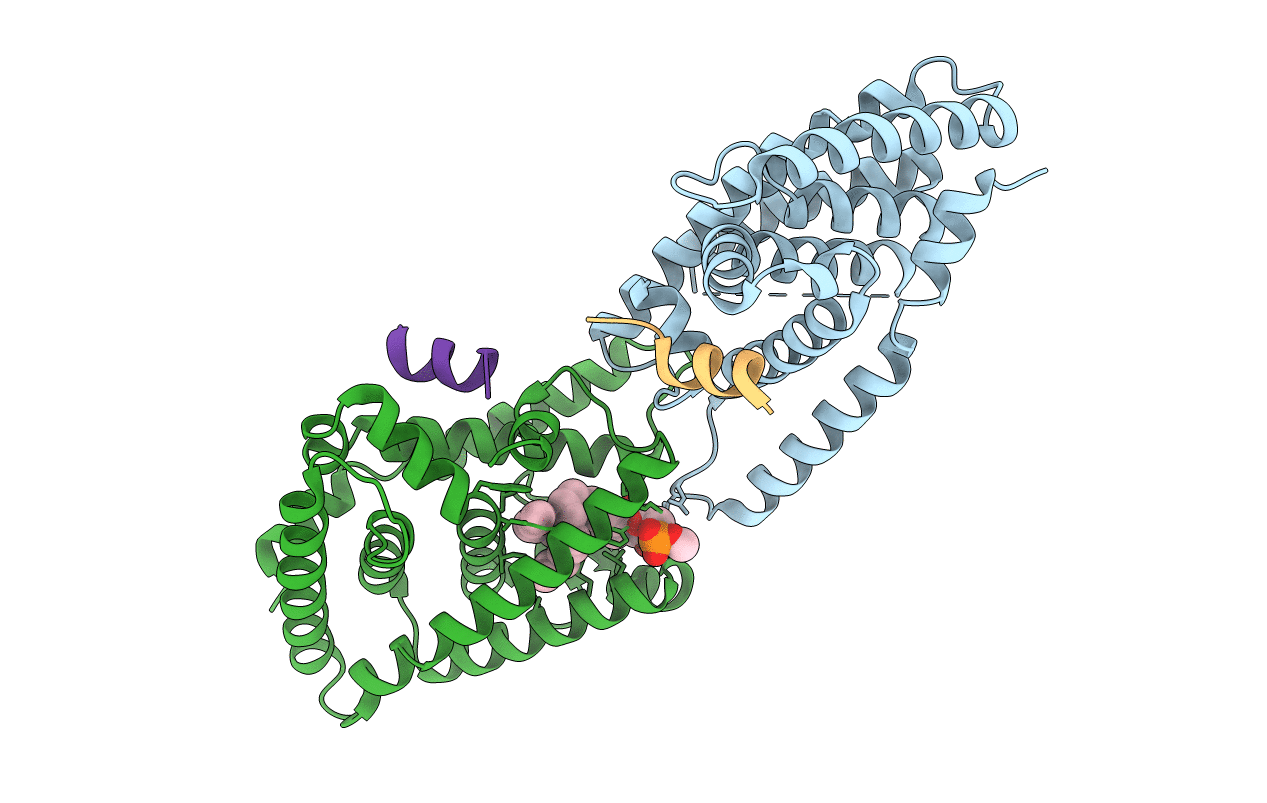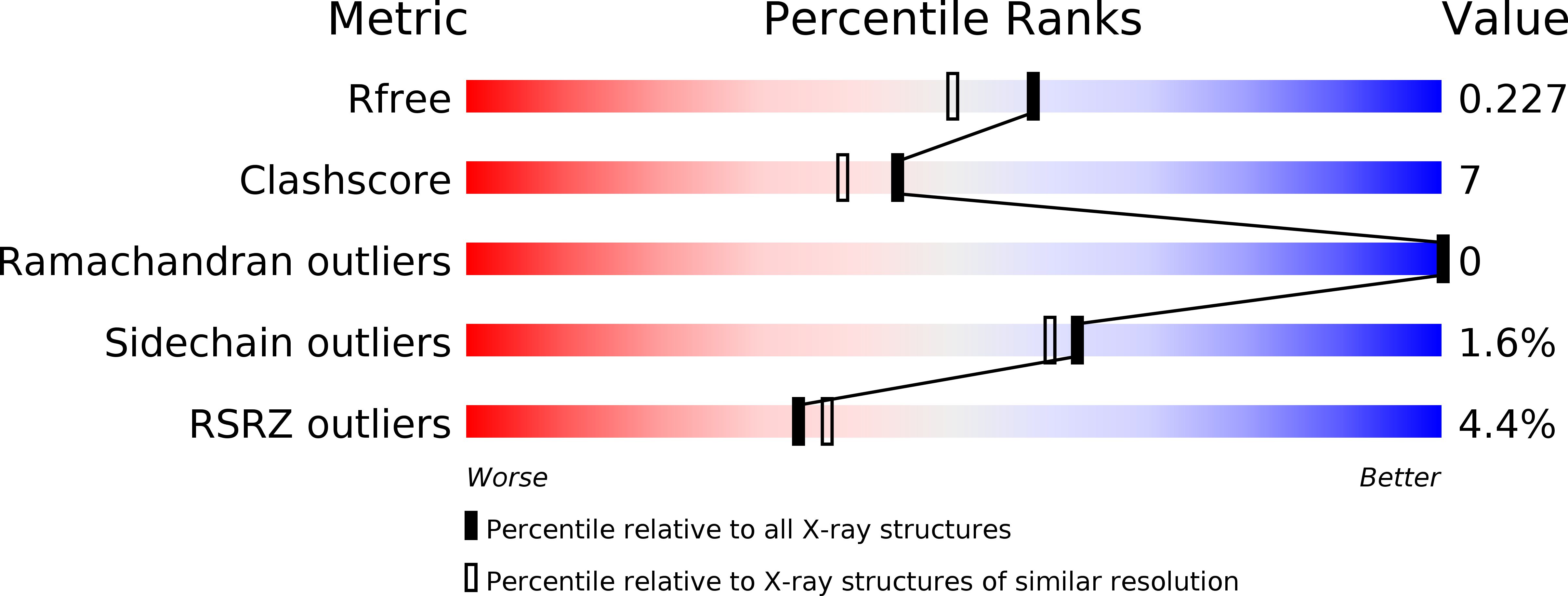
Deposition Date
2012-02-10
Release Date
2012-04-18
Last Version Date
2024-02-28
Entry Detail
PDB ID:
4DOR
Keywords:
Title:
Human Nuclear Receptor Liver Receptor Homologue-1, LRH-1, in its apo State Bound to a Fragment of Human SHP Box1
Biological Source:
Source Organism:
Homo sapiens (Taxon ID: 9606)
Host Organism:
Method Details:
Experimental Method:
Resolution:
1.90 Å
R-Value Free:
0.21
R-Value Work:
0.17
R-Value Observed:
0.17
Space Group:
P 1 21 1


